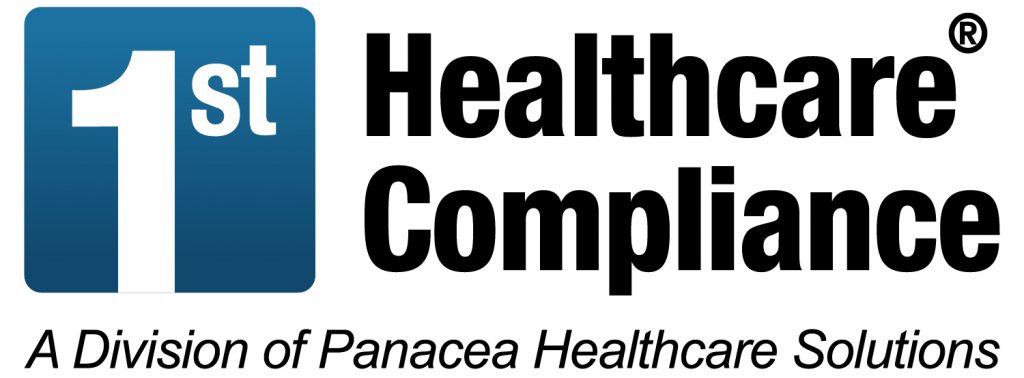5 Benefits of Automating Incident Management in Healthcare

Incident reports are a typical part of risk management in the healthcare setting. In theory, properly reporting incidents provides an opportunity for a resolution by the right people at the right time. In any medical organization there are myriad reasons for a completing an incident report. Facilities have specific policies about when and how a report should be completed. Some common examples of an incident include a visitor injury, an employee needlestick, or a patient fall. However, the list of possibilities is endless when you consider the potential vulnerabilities including: patient complaints, quality of care issues, scope of practice issues, medication errors, vaccine administration and storage risks, infection control risks, equipment malfunctions, fraud, theft or damage concerns, policy violations, HIPAA and cyber risks, and physical safety and violence threats.
Incident reporting has immediate and long-term benefits for a healthcare organization. Of course, the obvious goal is to rectify any issues and prevent future problems. Administrators need the information to act quickly and communicate with the impacted party whether it’s a patient, employee or visitor. Investigations, policy changes and righting wrongs can’t occur without reporting the information to the appropriate parties. Unfortunately, some cases end up in court years after the incident occurs when memories are unreliable, emphasizing the value of a timely and accurate report.
It’s important to note that incident reports should remain separate from a patient’s medical record. If the medical record indicates that an incident report was filed, the report can then be subpoenaed by the patient to be used in court. Remember that incidents may have multifactorial causation and blame should be avoided. Keep only one copy of the report. Many helpful resources exist to instruct on how to write an incident report and general best practice for completing a report includes:
- only the facts
- date time and location
- witnesses and statements
- actions taken during immediate time frame
- observations and notifications
- associated injuries
- environmental contributing factors
- corrective actions and preventative measures
All of the potential risks and vulnerabilities inherent to the healthcare setting highlight the importance of incident management and the advantage of efficient reporting. In fact, when considering what’s at stake, it makes sense to invest time and resources in an automated system.
Here are five benefits of automating the incident management process:
1. Streamline reporting and investigations
By automating and removing paper the risk of duplicates and differing reports is eliminated.
2. Create consistency of processes
Drop down menus and frameworks are created to provide for consistent reporting. Extraneous and unwanted information such as blame, and hearsay are less likely to be included.
3. Improve sharing of real-time information among administrators and staff
A cloud -based system allows for multiple individuals at different locations to contribute and access the same information simultaneously.
4. Increase accuracy and organizational intelligence
A quality process provides a way to report more quickly and therefore improve the quality of the information that is reported.
5. Track issues and implement proactive and preventive processes
By increasing the accuracy and quality of a report, administrators gain the advantage of more quickly implementing steps to mitigate risks.
Processes and forms for incident reporting vary by organization, but an electronic management system may help streamline efforts and yield more accurate results. Learn more about how our comprehensive compliance management solution at First Healthcare Compliance facilitates incident management and creates confidence among compliance professionals.

